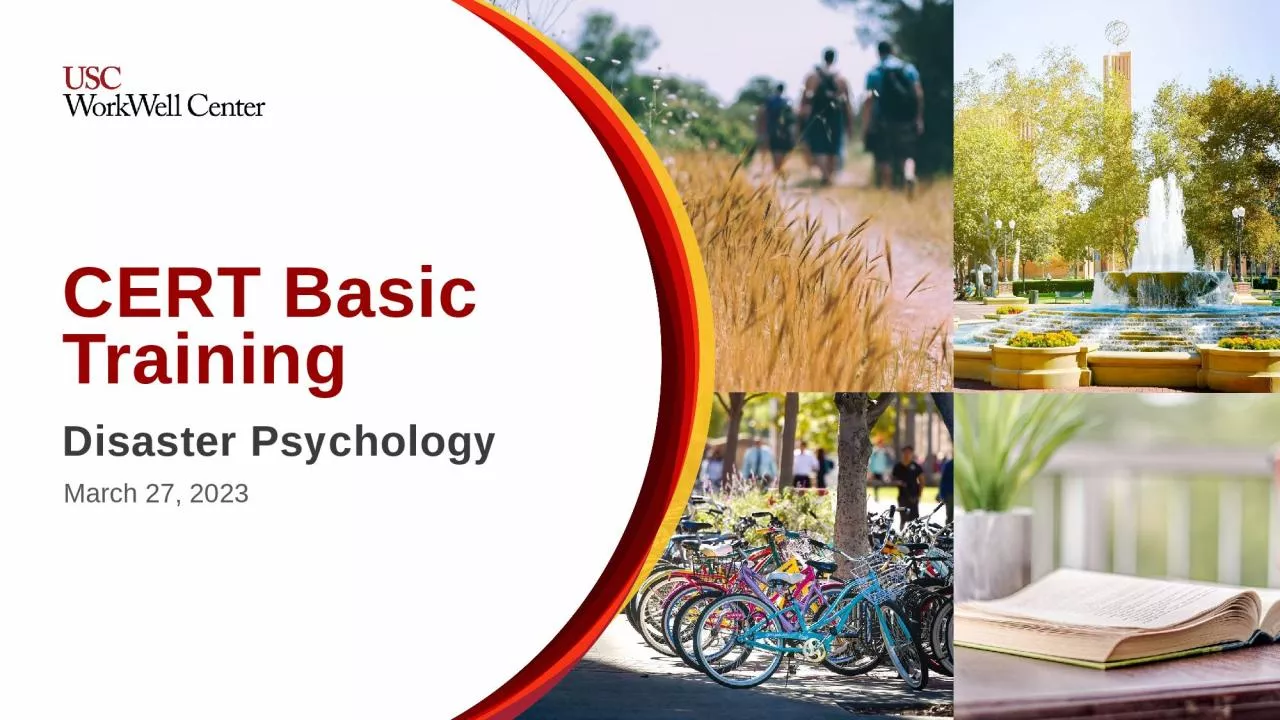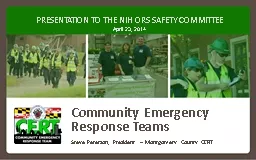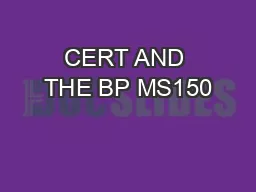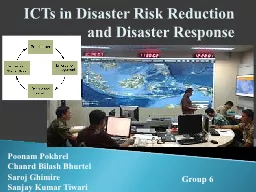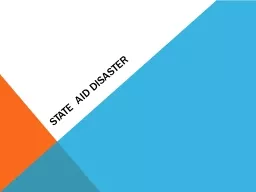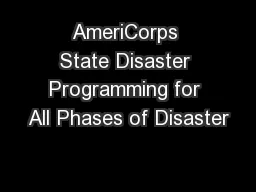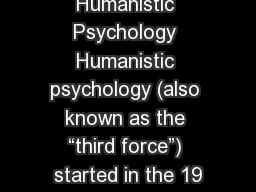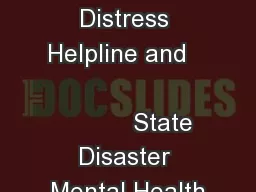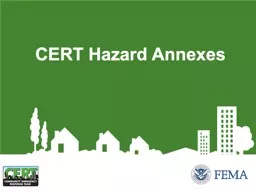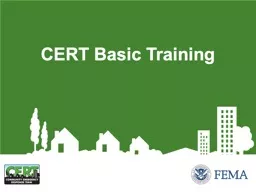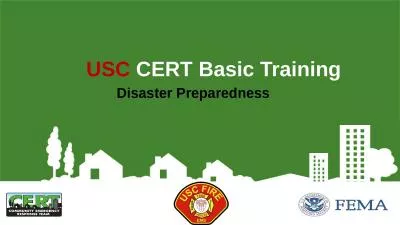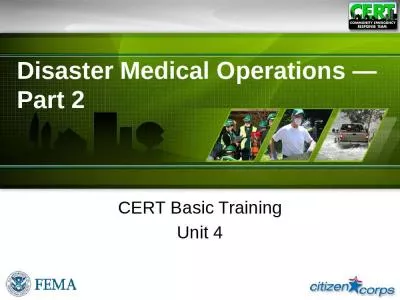PPT-CERT Basic Training Disaster Psychology
Author : catherine | Published Date : 2024-03-13
March 27 2023 Associate Director Clinical Services ryancyntuscedu TOM BADZEY MFT MA CLINICAL PSYCHOLOGY CINDY RYAN PHD MFT CEAP ACC Employee Assistance Professional
Presentation Embed Code
Download Presentation
Download Presentation The PPT/PDF document "CERT Basic Training Disaster Psychology" is the property of its rightful owner. Permission is granted to download and print the materials on this website for personal, non-commercial use only, and to display it on your personal computer provided you do not modify the materials and that you retain all copyright notices contained in the materials. By downloading content from our website, you accept the terms of this agreement.
CERT Basic Training Disaster Psychology: Transcript
Download Rules Of Document
"CERT Basic Training Disaster Psychology"The content belongs to its owner. You may download and print it for personal use, without modification, and keep all copyright notices. By downloading, you agree to these terms.
Related Documents

